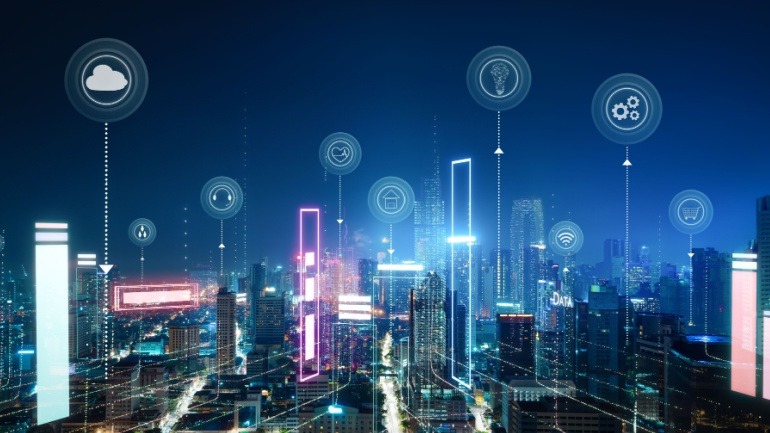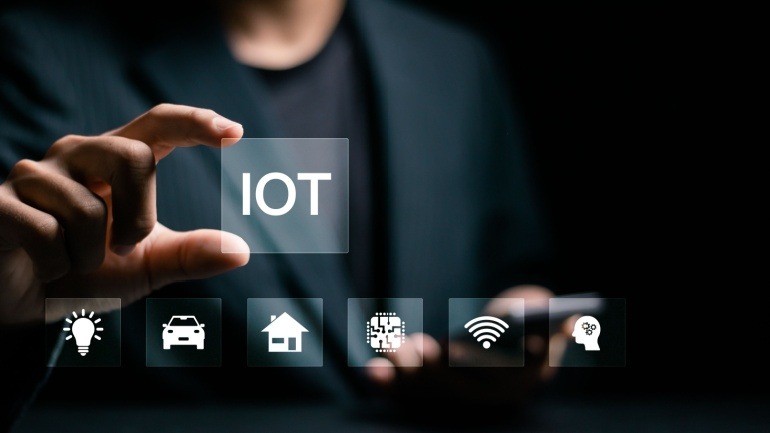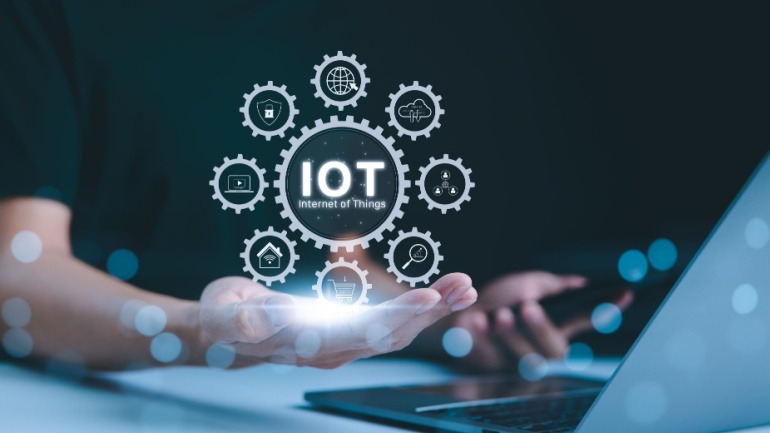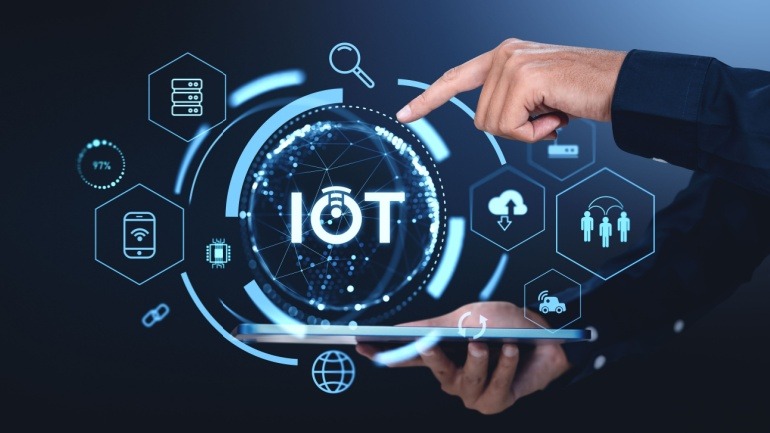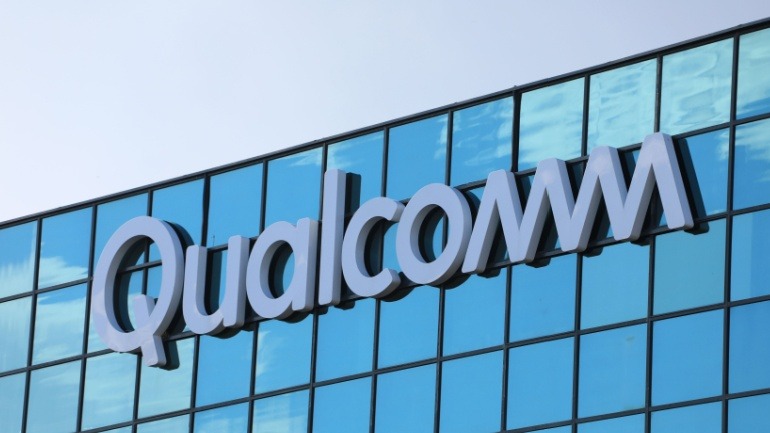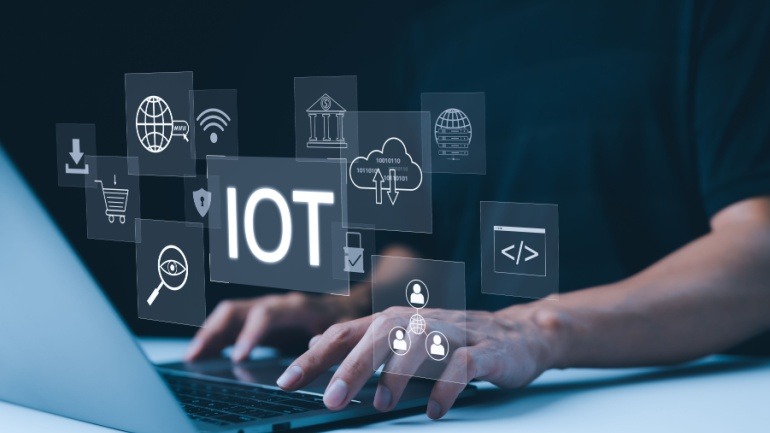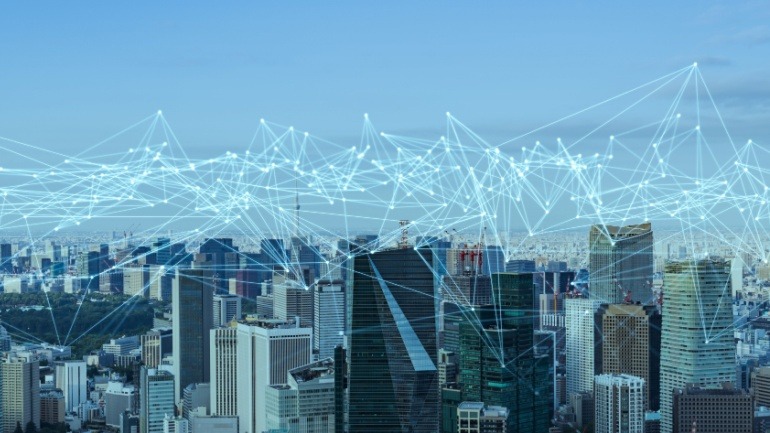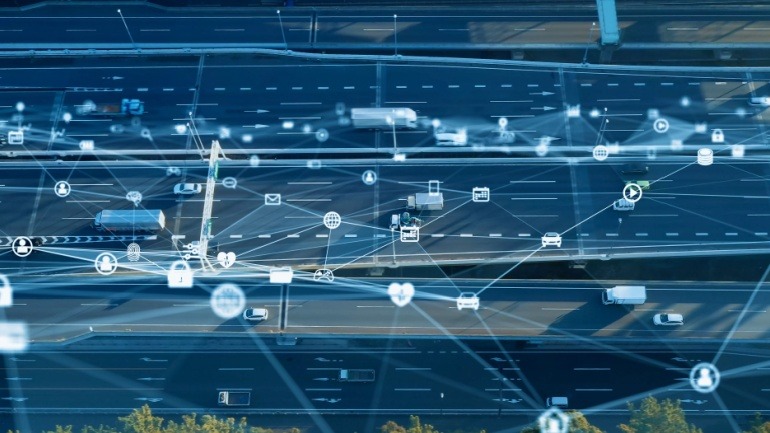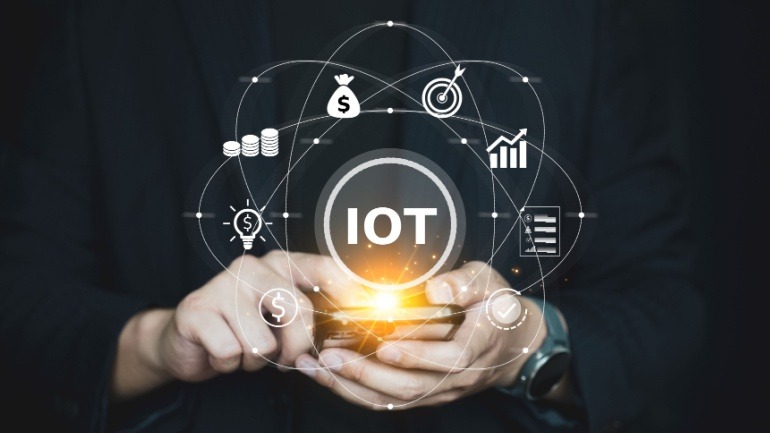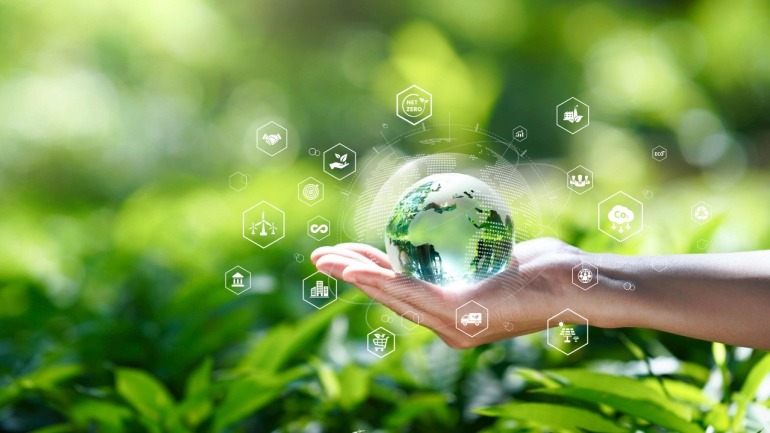Morse Micro, an Australian semiconductor firm, is enhancing IoT solutions with Wi-Fi HaLow technology. In collaboration with Vantron Technology, they aim to produce Wi-Fi HaLow-enabled IoT products, including modules, access points, and IP cameras, expanding connectivity.
The Czech Republic’s CRA partners with Sweden’s Netmore to enhance its LoRaWAN IoT services, focusing on utilities and real estate. Leveraging Netmore’s PaaS, CRA aims to scale its 80%-population-covered network.
Explore the latest collaboration between UK-based cellular IoT MVNO, Eseye, and satellite provider, Sateliot. Together, they are transforming the IoT landscape by extending network coverage with a cutting-edge satellite solution, promising seamless global connectivity.
AT&T will phase out its NB-IoT network, transitioning customers to LTE-M for greater data capacity and improved IoT services. The shift, set to complete by Q1 2025, reflects AT&T’s focus on advancing technology, including exploring 5G RedCap.
Qualcomm is diversifying beyond mobile handsets, targeting $22 billion annual revenue from automotive and IoT by FY29.
Discover how the cutting-edge collaboration between Vodafone and Oracle is revolutionizing IoT connectivity. By merging Vodafone’s expansive global reach with Oracle’s cloud expertise, businesses gain access to seamless, secure communication solutions.
Netmore and Cellnex UK are transforming IoT network coverage with LoRaWAN gateways on 200 street poles, enhancing connectivity for smart water meters. Netmore’s partnership with Yorkshire Water aims to replace 1.3 million meters, benefiting 360,000 households.
Kia India and Airtel Business have partnered to integrate IoT technology into Kia’s connected vehicles in India. Leveraging Airtel’s eSIM and IoT Hub, the collaboration enhances telematics, infotainment, and safety.
Qualcomm Technologies and STMicroelectronics are set to revolutionize industrial IoT applications with an integrated Wi-Fi/Bluetooth/Thread SoC and STM32 microcontroller combo. These joint offerings aim to streamline development, enhancing seamless connectivity and edge AI on STM32 MCUs.
Britvic has partnered with IoT provider Wireless Logic to implement telemetry data from its new digital flavour taps, enhancing logistics and sustainability. These taps replace up to 10,000 single-use plastic bottles, connecting directly to Britvic’s AWS cloud for real-time insights. This move aligns with Britvic’s Beyond the Bottle initiative.



